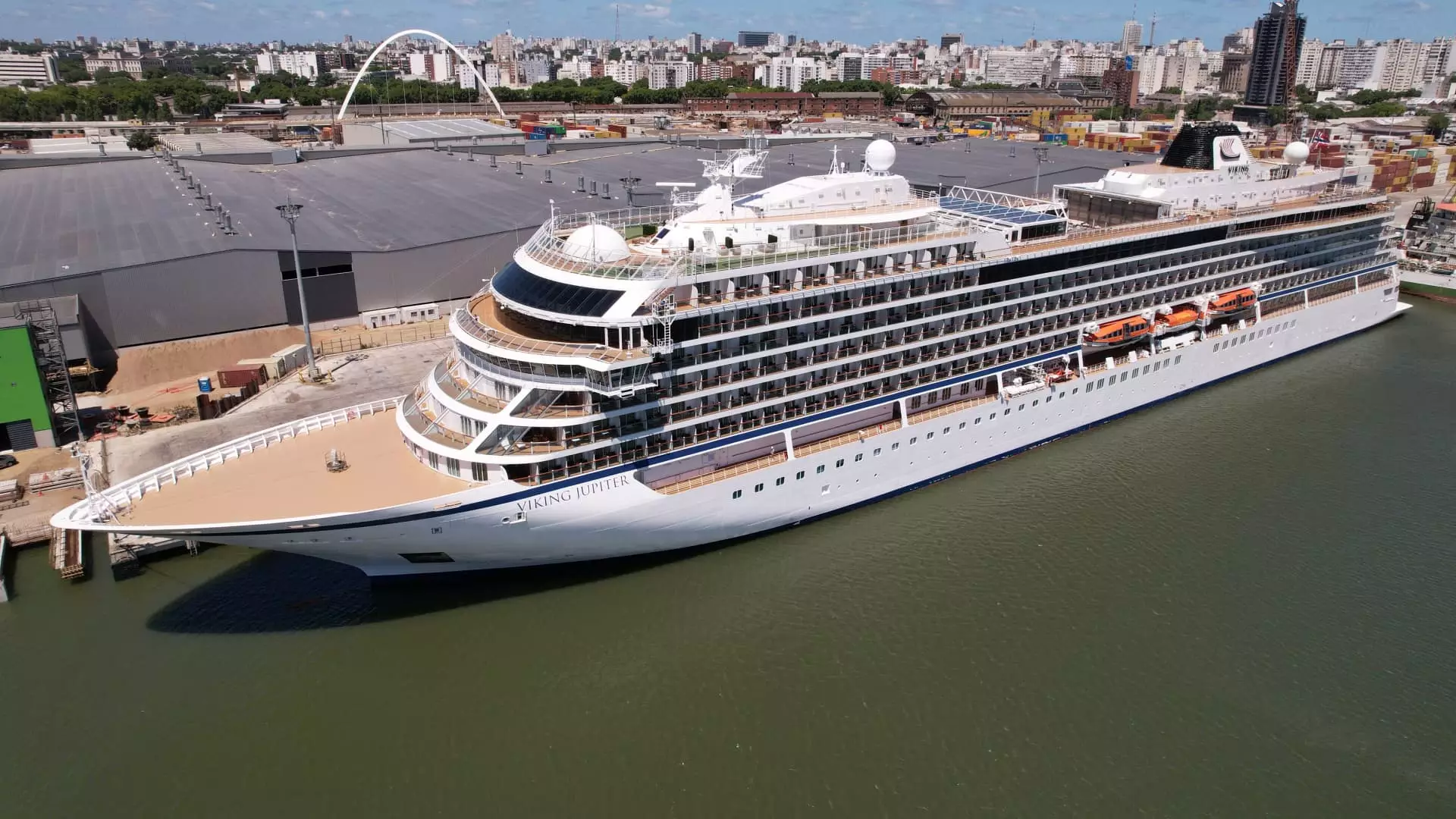Viking Cruises sets itself apart from traditional cruise operators by catering to a specific niche market – high-income baby boomers. This luxury cruise line is focused on providing a more upscale and refined experience, with no children on board and a distinct lack of amenities like casinos. The company’s CEO, Torstein Hagen, emphasizes their target demographic of travelers who are looking for adventure and new experiences, appealing to those who have both the money and time to indulge in such luxuries.
Viking Cruises recently made its debut on the New York Stock Exchange, aiming for a $10.4 billion valuation. This places the company as the third-largest cruise operator, following Royal Caribbean and Carnival. The IPO was met with strong demand from investors, leading to an upsizing of shares and an initial trading price of $26.15 a share under the ticker “VIK”. Viking has rapidly expanded its fleet to 92 vessels, with a focus on river-based ships that travel through Europe’s major rivers, such as the Seine and the Nile.
The Resurgence of the Cruise Industry
The timing of Viking Cruises’ IPO coincides with a strong rebound in cruise bookings, driven by a renewed interest in cruising as a competitive travel choice. Royal Caribbean’s CEO, Jason Liberty, cites the industry’s positive outlook, with cruising representing a significant portion of the overall travel industry. Viking’s prospectus revealed impressive sales figures, despite reporting a net loss in 2023. Investors are particularly excited about the company’s high revenue per passenger, which is substantially higher than that of other publicly traded cruise lines.
Viking Cruises’ premium price point allows the company to generate more revenue per customer, appealing to a more affluent clientele. With a focus on quality over quantity, Viking aims to provide a unique and personalized experience for its passengers. Investors will be closely watching the company’s expansion plans, especially in light of Norwegian Cruise Line’s recent order of eight new ships over the next 12 years. The industry as a whole is grappling with concerns over potential overcapacity, but for now, the focus remains on the resurgence of demand post-pandemic.
The Appeal of Cruising Over Traditional Vacations
Despite concerns about overcapacity in the cruise industry, cruising remains a compelling choice for travelers, especially when compared to land-based vacations. UBS leisure analyst Robin Farley points out that hotel rates have increased by 25% since 2019, while cruise line rates have only risen by 10% during the same period. This discrepancy makes cruising a more affordable option for many travelers, even with higher prices. The industry’s ability to adapt and innovate in response to changing consumer preferences will be crucial in sustaining this upward trend in demand.

